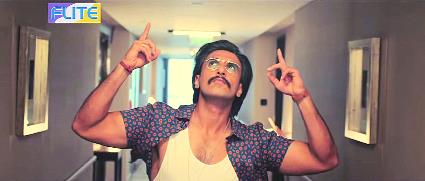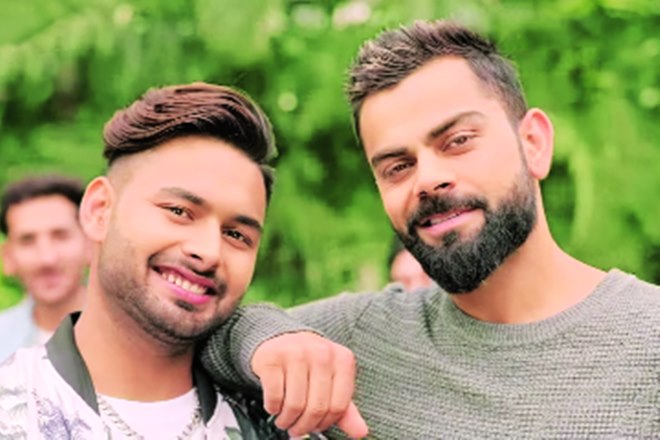By Venkata Susmita Biswas
An unlikely bunch of brands have adopted hip-hop as their voice to reach consumers. The Bharatiya Janata Party and brands like Himalaya Men Face Wash, Sabka Dentist and Relaxo’s Flite, for instance, have used rap to garner consumers’ attention in the last few months.
The resurgence of hip-hop in advertising can be attributed to the movie Gully Boy — released in February 2019 — and its most popular song Apna Time Aayega. What began as memes, quickly turned into digital video ads with brands rapping their way into the minds of the millennial audiences.

Putting the ‘ad’ in fad
Advertising has always borrowed from Bollywood. But in the case of hip-hop, the cultural fad has outlived the movie’s run at the box office. Sumanto Chattopadhyay, chairman and CCO, 82.5 Communications, Ogilvy Group, says, “The big truth about advertising is that it captures the cultural zeitgeist of the moment; and rap has seen a surge in popularity in India since rappers like Naezy came on the scene, and Gully Boy took it to a different level.”
Historically, Britannia was among the first movers to ride on movie popularity, way back in the ‘70s. Following the release of Sholay, the brand roped in actor Amjad Khan, who played Gabbar Singh in the movie, to advertise the biscuit brand.
There are many other instances of ads being inspired by fads. Like when MS Dhoni’s ‘Helicopter Shot’ was the rage, Pepsi wove it into its 2011 ICC World Cup ad. Or consider how Livon brought in K-pop stars last year to appear in its advertisements for the Northeast markets, where its brand ambassador Kangana Ranaut failed to create the desired impression.
Match the wave
Over the past decade, brands have begun embracing cultural fads en masse on their social media channels to stay relevant. However, when these fads get picked up by mass media like TV or radio, a few guidelines apply.
“Popular culture is effervescent. It is a bubble that blows up, lasts for a while and then bursts. It does not make much sense to ride a wave that has died down. One should ride such a wave when it is at the crest. Brands who do it first benefit most,” says Bobby Pawar, chairman and CCO, Havas Group.
Hopping onto a fad is a short-term tactic, at best. Television advertisements typically take longer to conceive and execute, making it tougher for brands to adopt a cultural fad. By the time the ad would see the light of day, people would have found a new cultural flavour. Hence, Pawar believes, riding the wave could be better suited for the digital medium.
Satbir Singh, founder and CCO, Thinkstr, recently collaborated with footwear brand Flite for an ad that features Gully Boy actor Ranveer Singh rapping. While it’s tempting to latch on to pop culture, he cautions that not everything topical can be turned into advertising.
“The pop culture reference must match the tone of the brand. If not, the brand risks looking out of character,” agrees Pawar. Take the case of Himalaya Men Face Wash which had brand ambassadors Virat Kohli and Rishabh Pant rapping, “That pimple’s gotta go”. The ad was pilloried on social media for its poor quality. In contrast, the Flite ad, India Lega Flite, uploaded on YouTube has viewers requesting the makers for the complete version of the song. The rap seems to have hit it off with audiences, possibly because Singh has sung it himself and the lyrics retain the counterculture flavour as seen in the movie.

